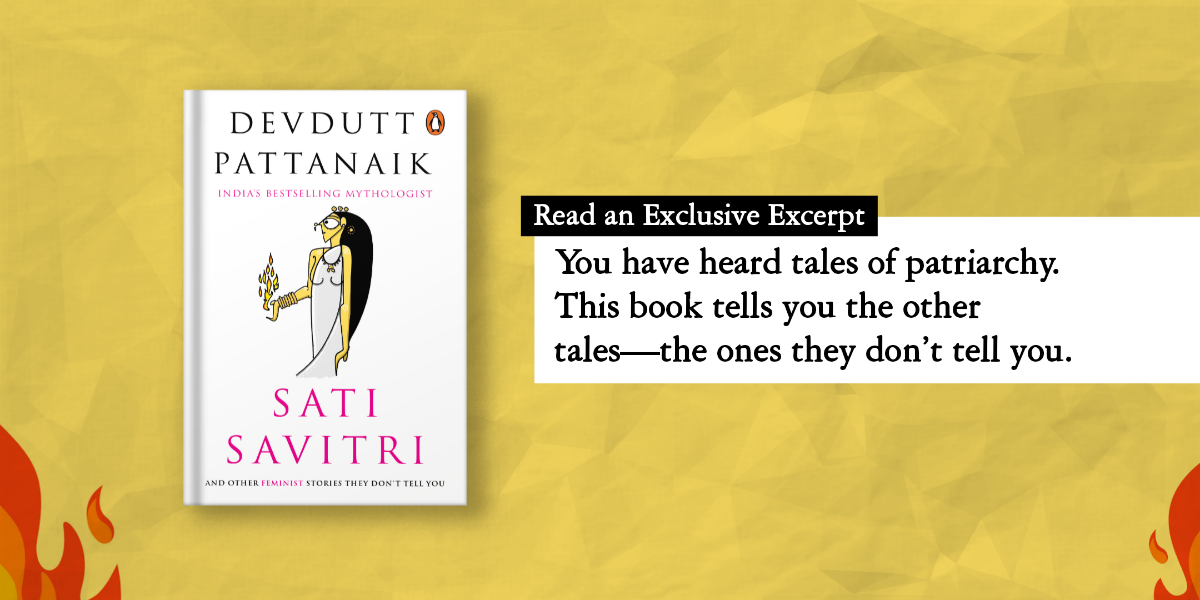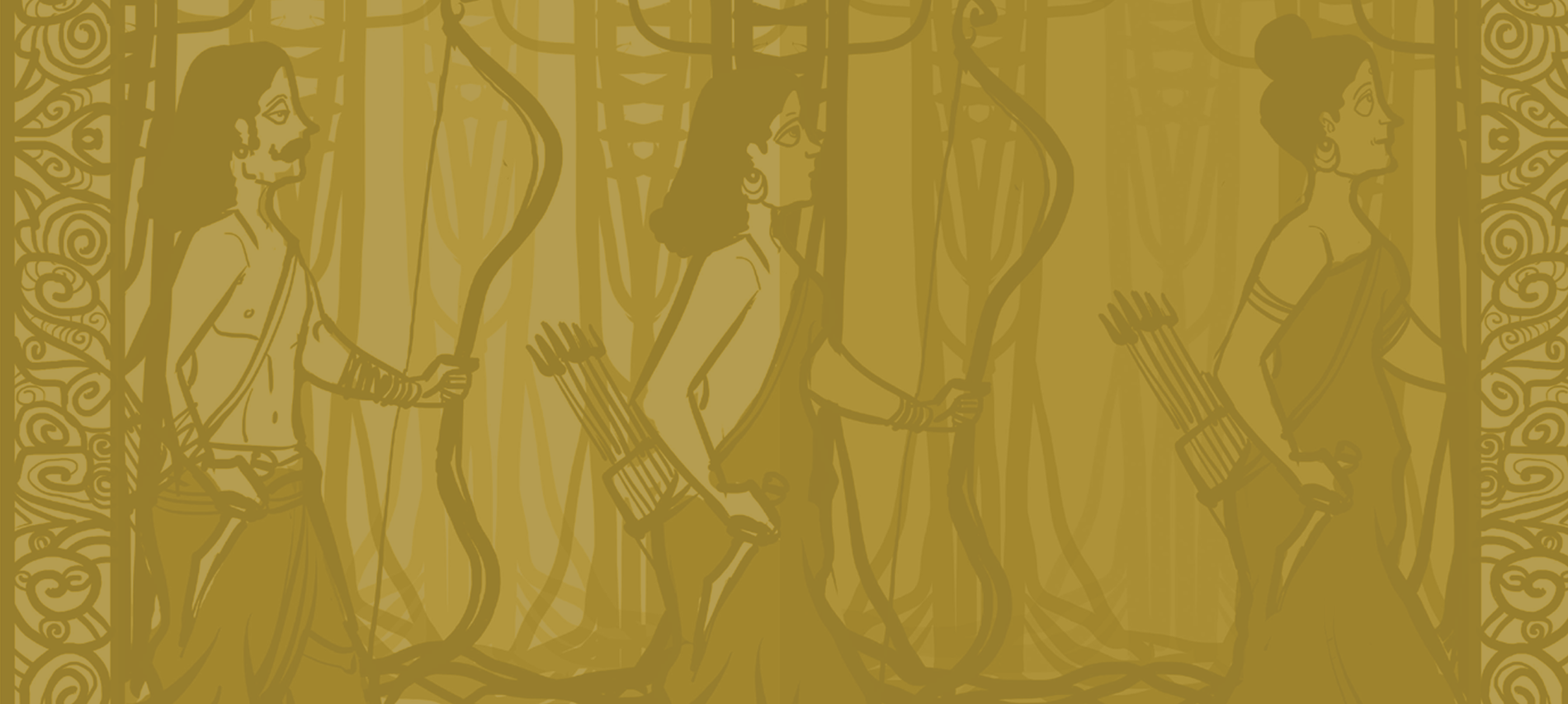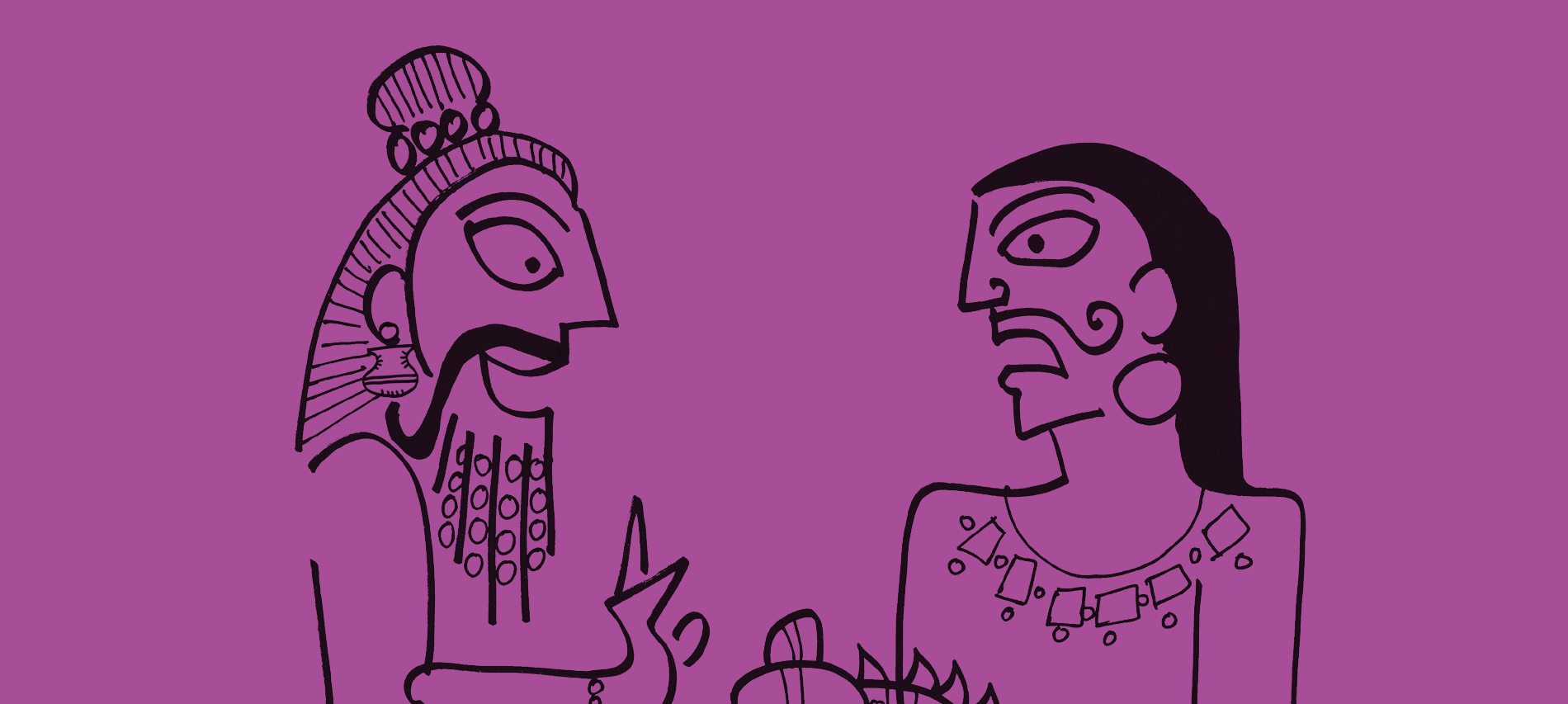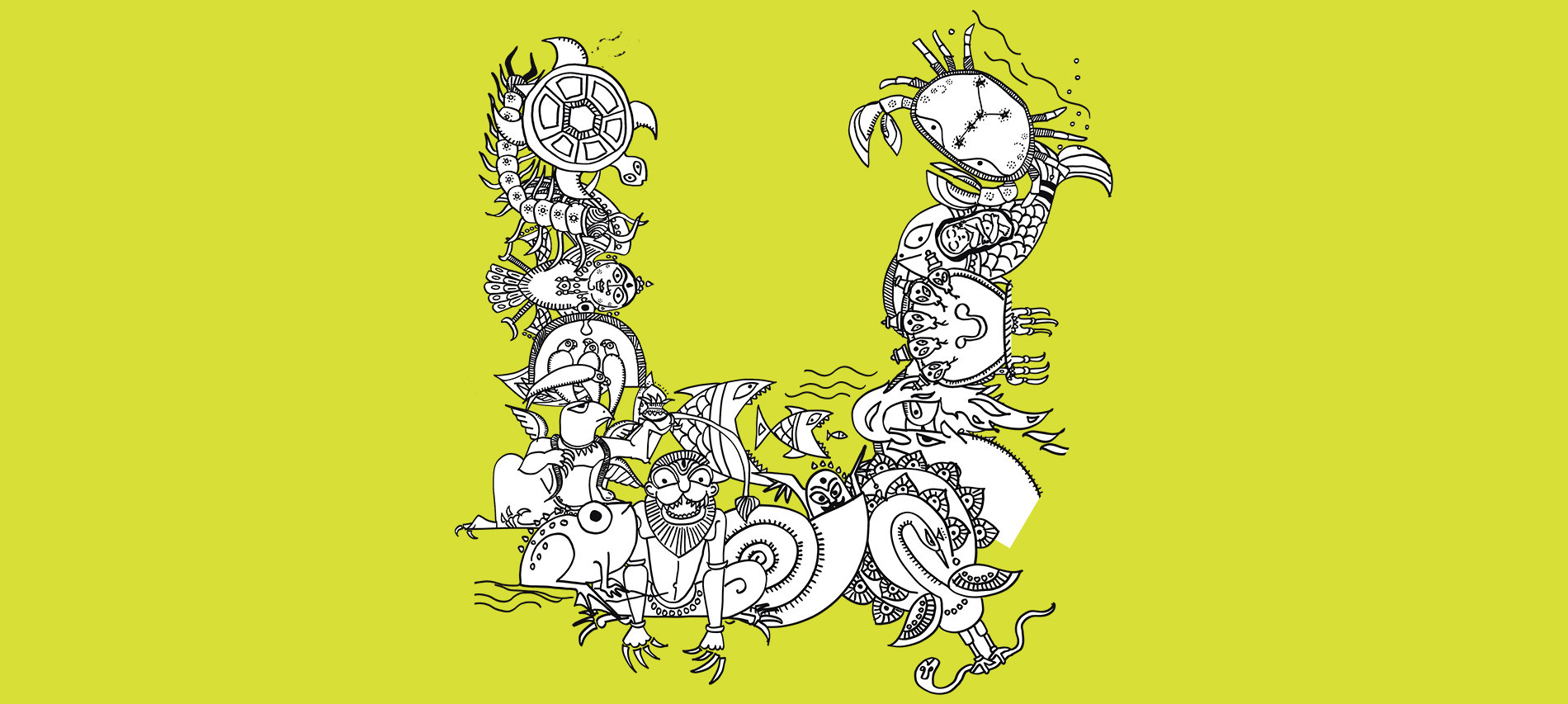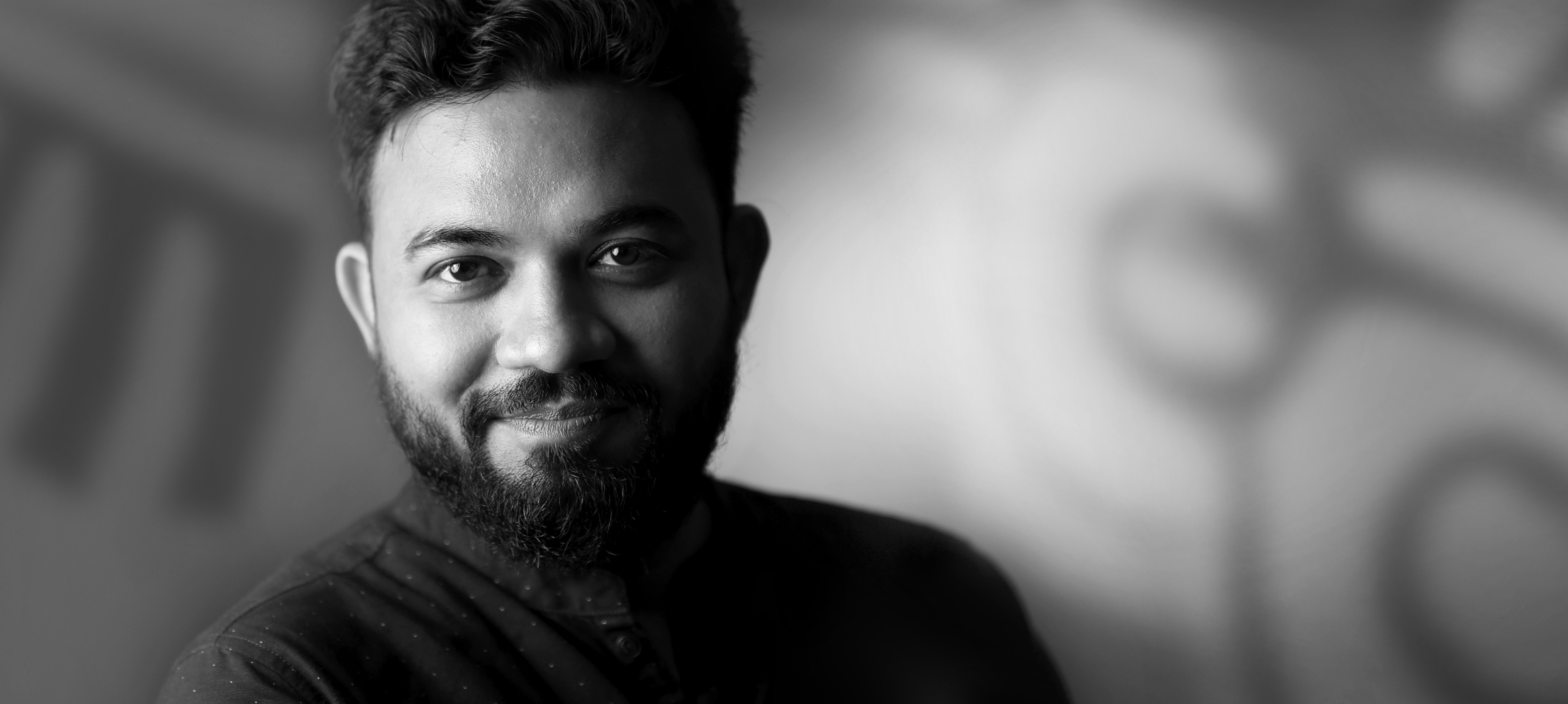Step into the captivating world of Hindu, Buddhist, and Jain lore with Sati Savitri by Devdutt Pattanaik where women rewrite the rules and redefine their destinies beyond patriarchal norms. From ancient scriptures to modern-day interpretations, Pattanaik offers a fresh perspective on liberation, revealing how patriarchy and feminism have coexisted throughout history.
Read this exclusive excerpt to dive into the feminist side of mythology like never before!

***
Images of Saraswati, the goddess of knowledge, are often placed in libraries, right next to the board that says, ‘silence please’. No one notices that the goddess always holds a musical instrument called veena (lute) in her hand. The irony is lost on many who look at sacred images without actually doing darshan.
Darshan is the act of seeing that generates insight and results in reflection. For example, the sight of the veena grants us some insight into the human ability to make music and musical instruments, and this makes us reflect on how music made by humans is different form the music made by birds. The music of birds is specific, to enable survival. It is designed to attract mates and draw attention of fellow birds to food or predators. Human music, on the other hand, is not necessary for survival. But it adds beauty to life and makes us wonder on the meaning of existence, by making us aware of various rhythms and emotions.
Unlike other goddesses, there are not many stories about Saraswati. She is more the embodiment of a concept.
Saraswati is draped in a white sari indicating she has distanced herself from the materialistic world, represented by colourful fabrics. While Lakshmi nourishes the body with food, Saraswati nourishes the mind with knowledge and the arts. Lakshmi’s wealth is contained in a pot; Saraswati’s knowledge is expressed through words, through songs, stories and music, dance and arts. In Jain art, the more austere Digambar monks compared Saraswati to a peacock while the white-clad Shwetambar monks compared her to a goose (hamsa). In Indian folklore, dancing peacocks attract rain clouds, while hamsas are able to separate milk from water, like fact from fiction.
▪️ The peacock links Saraswati to art, dance, music, theatre and entertainment.
▪️ The hamsa links Saraswati to ideas embodied within, and communicated through, sounds, songs, stories, songs, symbols and gestures: the knowledge of maths, science, literature and philosophy.
Saraswati is therefore linked to both, the peacock like courtesans as well as the swan-like philosophers. In modern society, the courtesan has been erased from history; her contributions to the world of art appropriated by men.
In popular Hindu mythology, Saraswati is called the wife of Brahma. But she is also called the daughter of Brahma. This can be confusing. The confusion comes from our failure to appreciate that mythology is metaphorical. Gods and goddesses are given supernatural forms so that we appreciate the idea, the symbol and do not take things literally. That Saraswati is shown with four hands, and Brahma with four heads, is the clue provided by the artist that these figures embody ideas, not entities.
Human ideas are complex. Words are often not enough to communicate an idea. We need grammar. We need sentences. We need punctuations. We shift from prose to poetry, we use music and melody, even gestures and symbols, to communicate subtle refined ideas. Language has metaphors where known words are used to explain and elaborate unknown ideas and inexpressible emotions. Still ideas resist transmission. What is conveyed by the source is not received by the destination.
To communicate Vedic ideas to people, the sages decided to compose stories. Ideas then become characters. The relationship between ideas is communicated through relationships among characters. Characters have gender, and so the relationship between ideas ends up being expressed in sexual terms. When the characters are gods, indicated by their supernatural form, they serve as metaphors. They are vehicles for ideas that resist simple communication.Veda, which means knowledge, pays a lot of attention to reality that is visible and reality that is not visible.
▪️ Food is a reality that is visible. It is visualized in female form as Lakshmi, the goddess of fortune. The name Lakshmi is derived from ‘laksha’ which means target.
▪️ Hunger is a reality that is invisible. It is visualized in male form as Indra, the master of paradise, where all fortune is cornered.
▪️ The name Indra is derived from ‘indriya’ which means sense.
▪️ Indra chasing Lakshmi is then a metaphor for hunger chasing food. Indra rides elephants. The aroused, excited, uncontrollable elephant in the state of masht is how the poets describe Madan, or Kama, the god of uncontrollable craving.
▪️ Shiva who burns Madan then embodies the mind who controls craving. Shiva also beheads Brahma’s fifth head that sprouts as he chases Saraswati. Here, Brahma views Saraswati as entertainment to be consumed, rather than knowledge that will help him evolve.
▪️ In wisdom, Brahma realises that the point of creation is to feed the other. Animals eat and are eaten, but humans need to feed and be fed. This applies to food, as well as power, as well as knowledge. Saraswati created must be given away. In the process we gain insight and reflection.
Male forms are consistently used to depict mental states:
1. Brahma for craving
2. Indra for insecurity
3. Vishnu for empathy
4.Shiva for indifference
5. Kartikeya for restraint
6. Ganesha for contentment
Female forms are consistently used to depict material states.
1. Kali for the wild
2. Gauri for the cultivated
3. Lakshmi for resources
4. Saraswati for communication
5. Durga for battle
6. Uma for household
7. Annapurna for kitchen
8. Chamundi for crematorium
Why are male forms used to depict the invisible reality of the mind and female forms for the visible reality of matter? The reason is relatively simple if one appreciates the male and female anatomy from the point of view of the artist and the storyteller, who carry the burden of communicating Vedic ideas.
***
Get your copy of Sati Savitri by Devdutt Pattanaik wherever books are sold.







